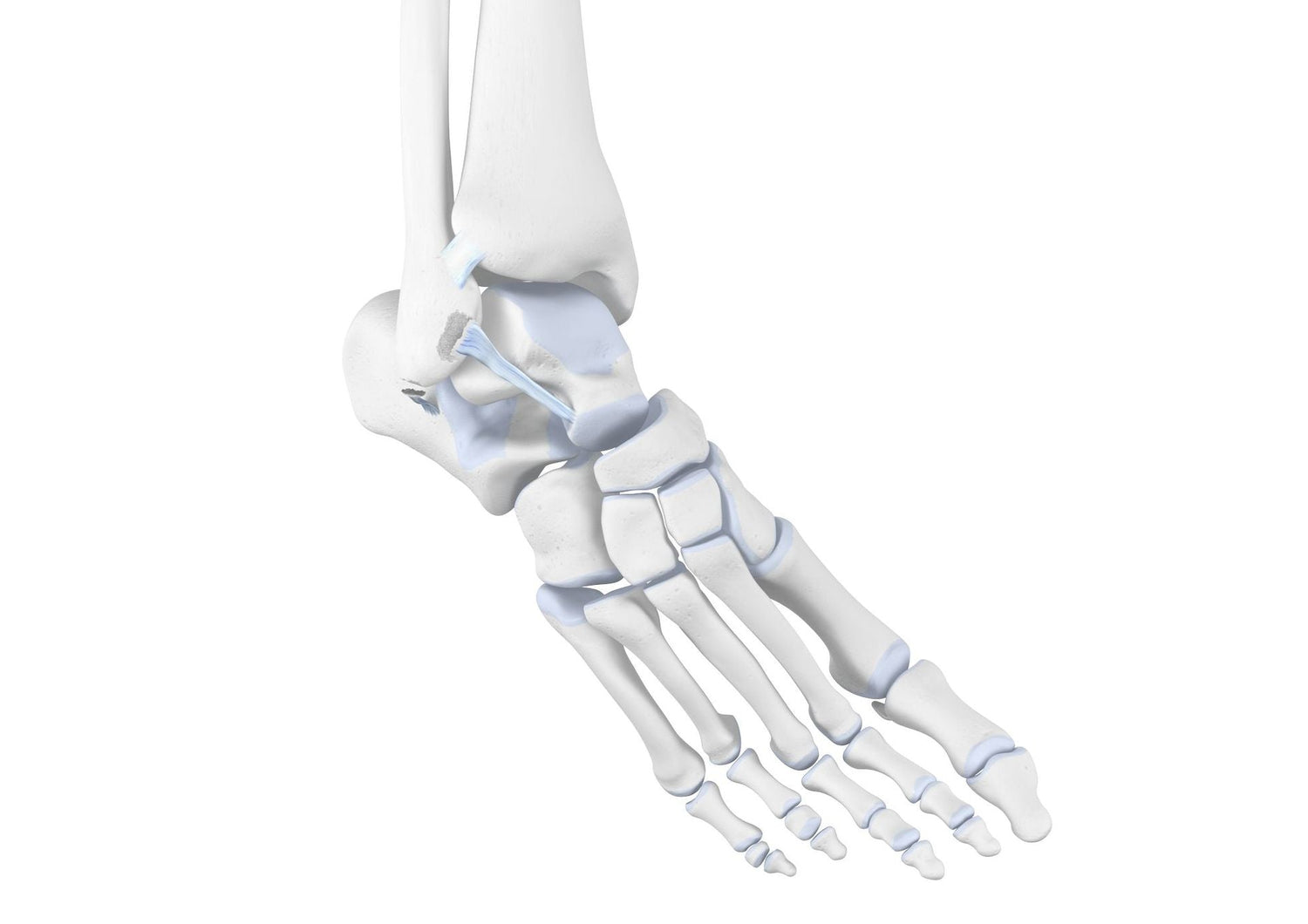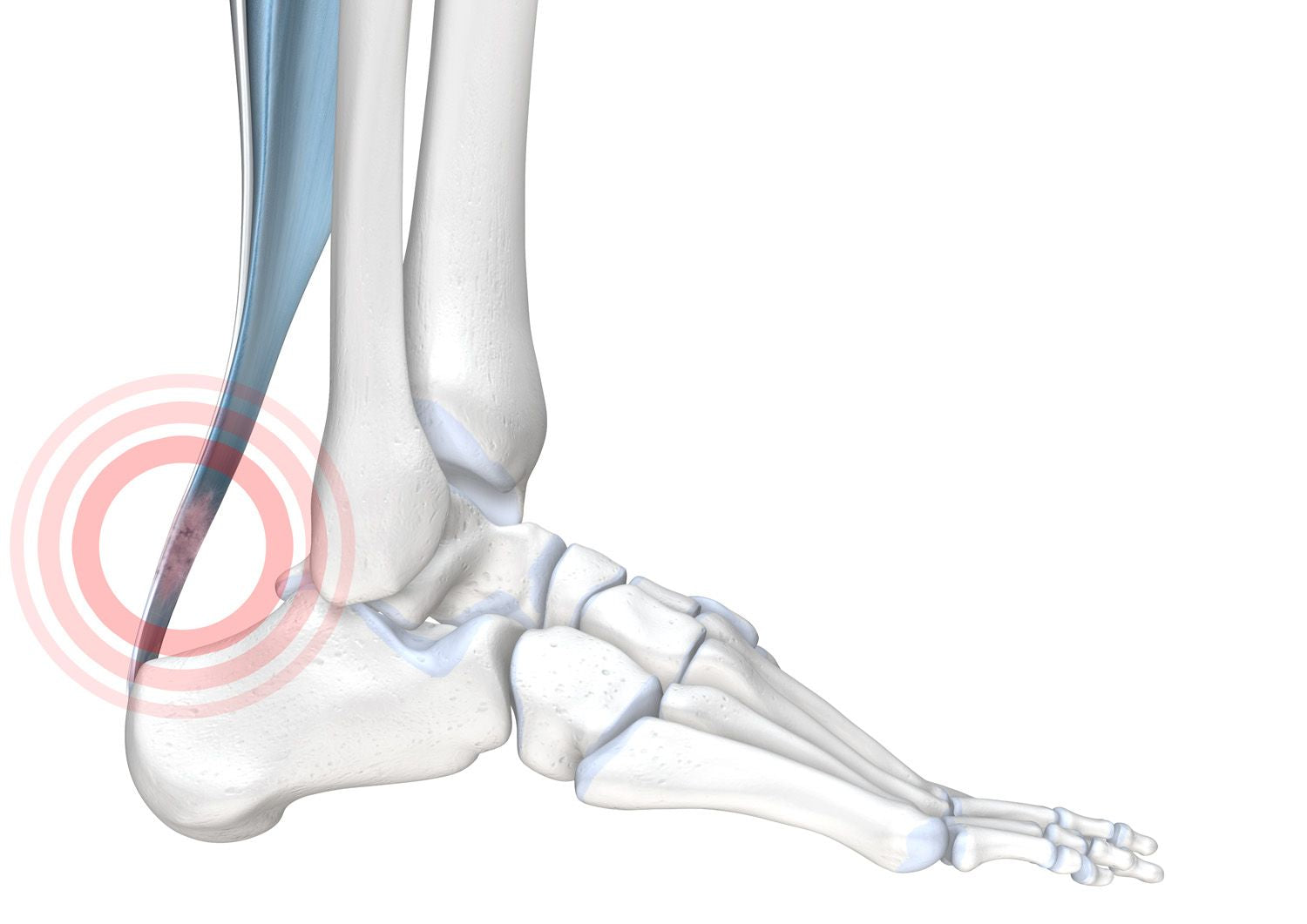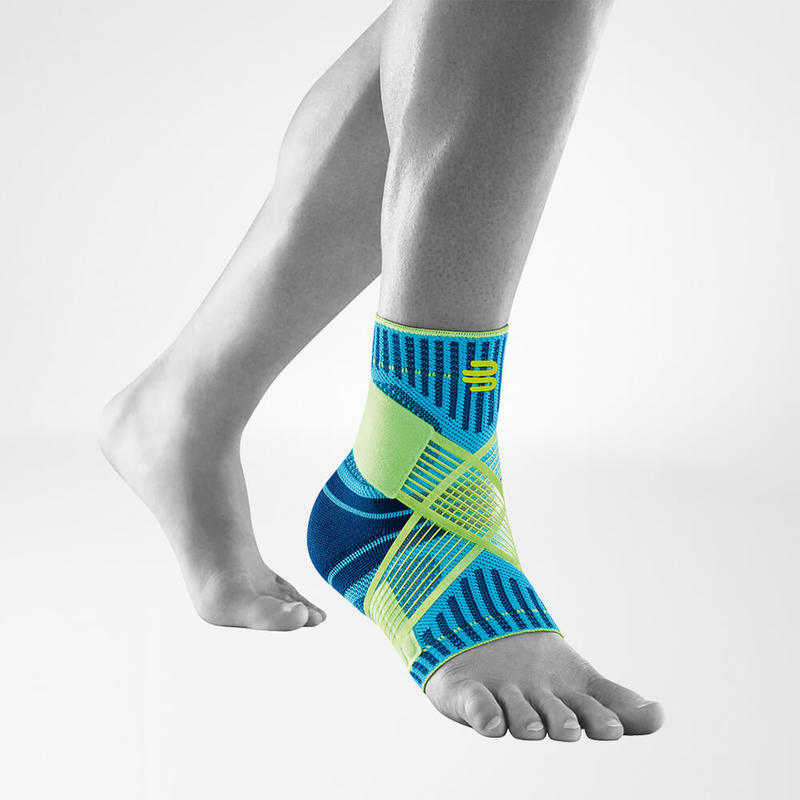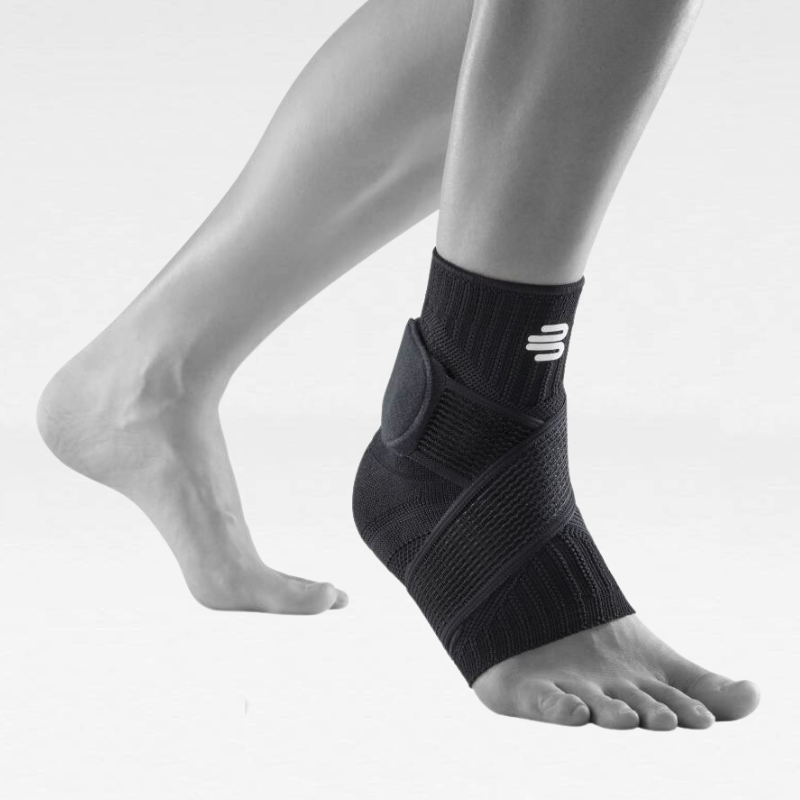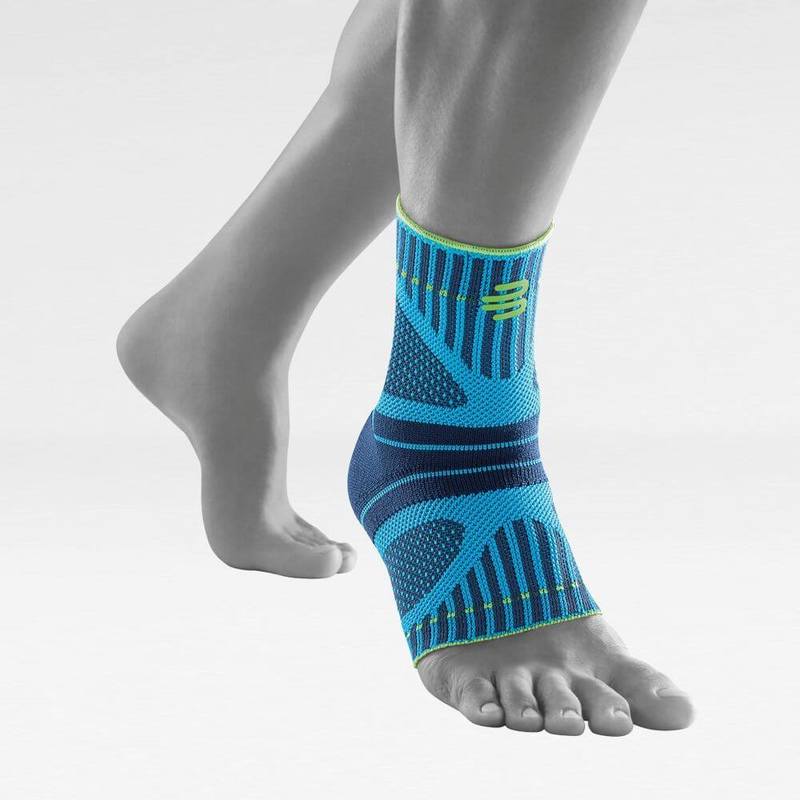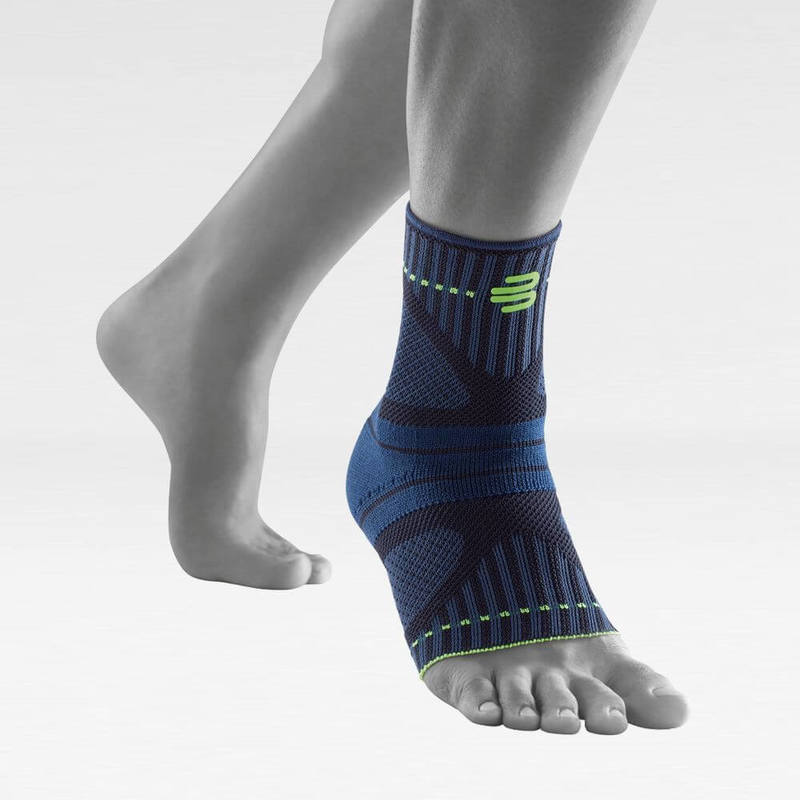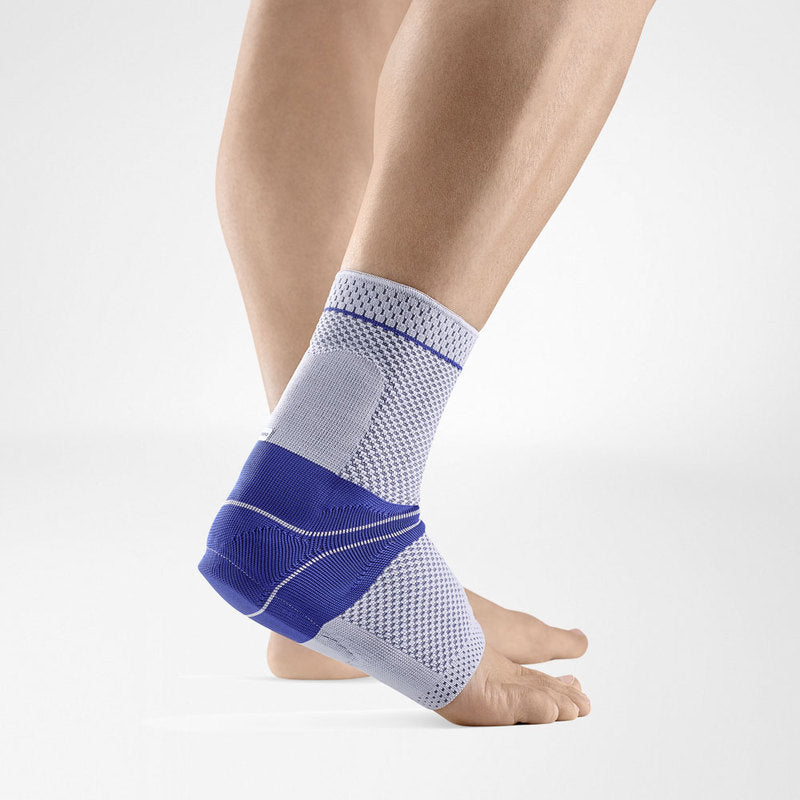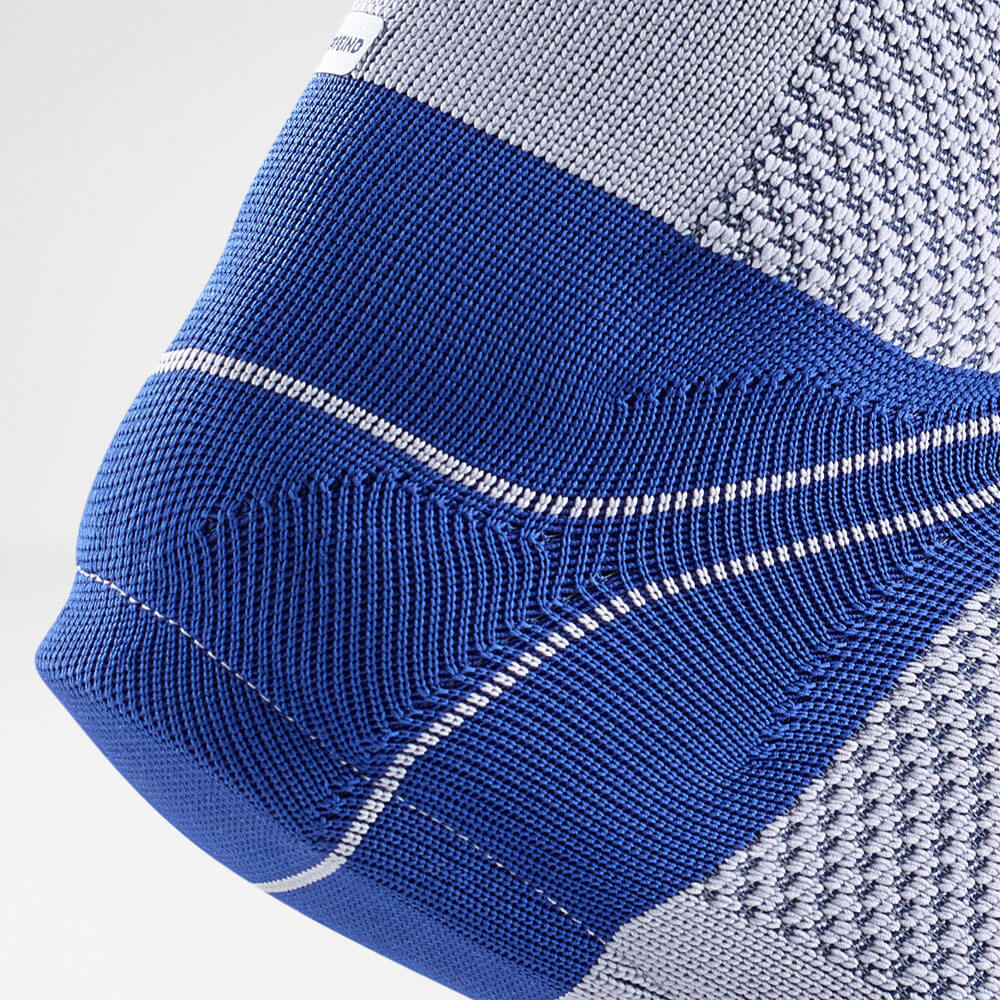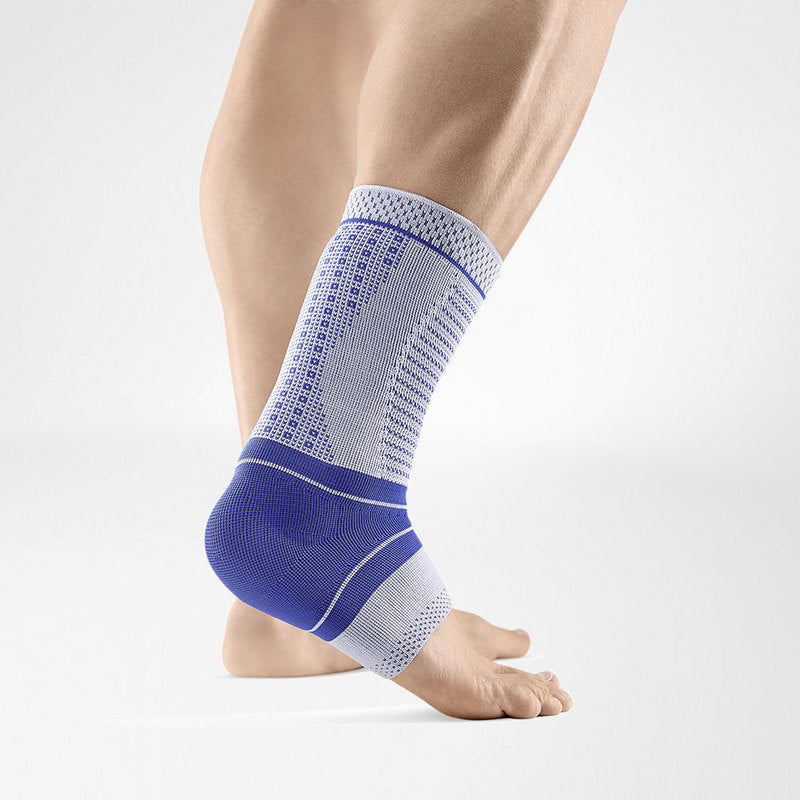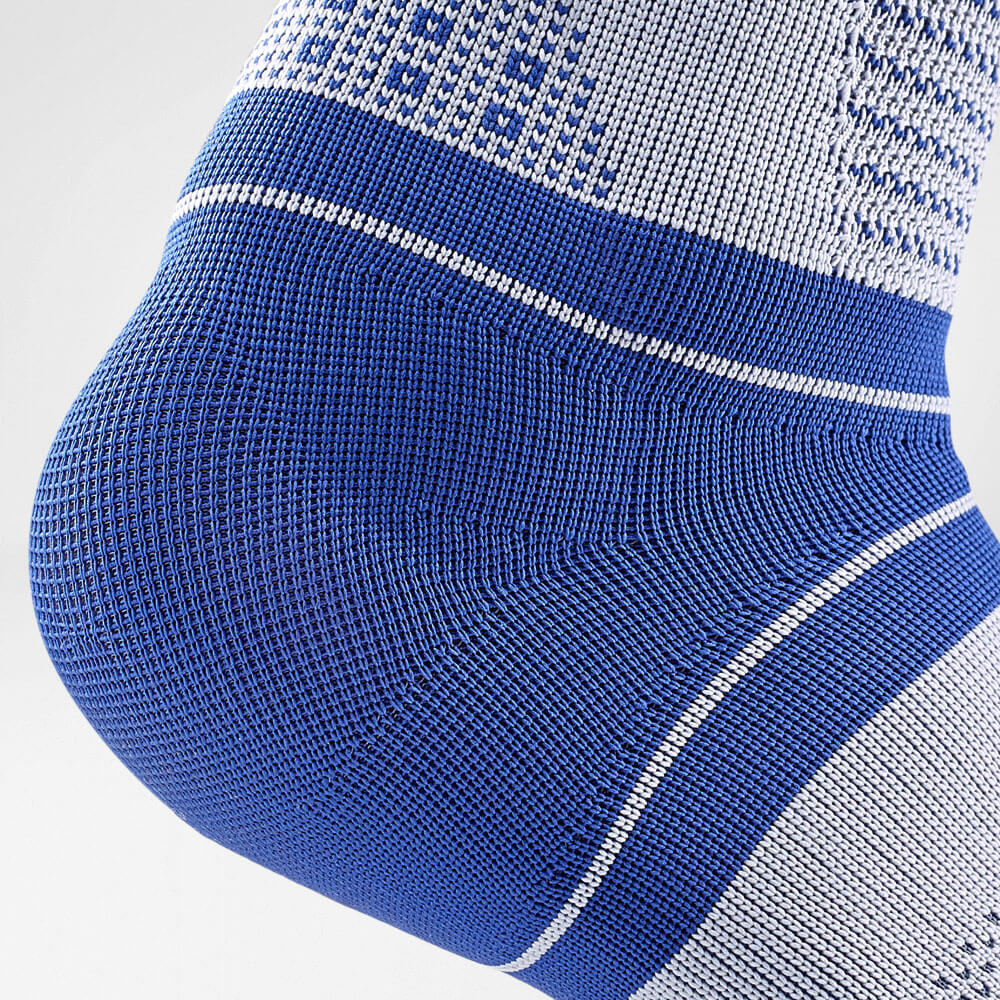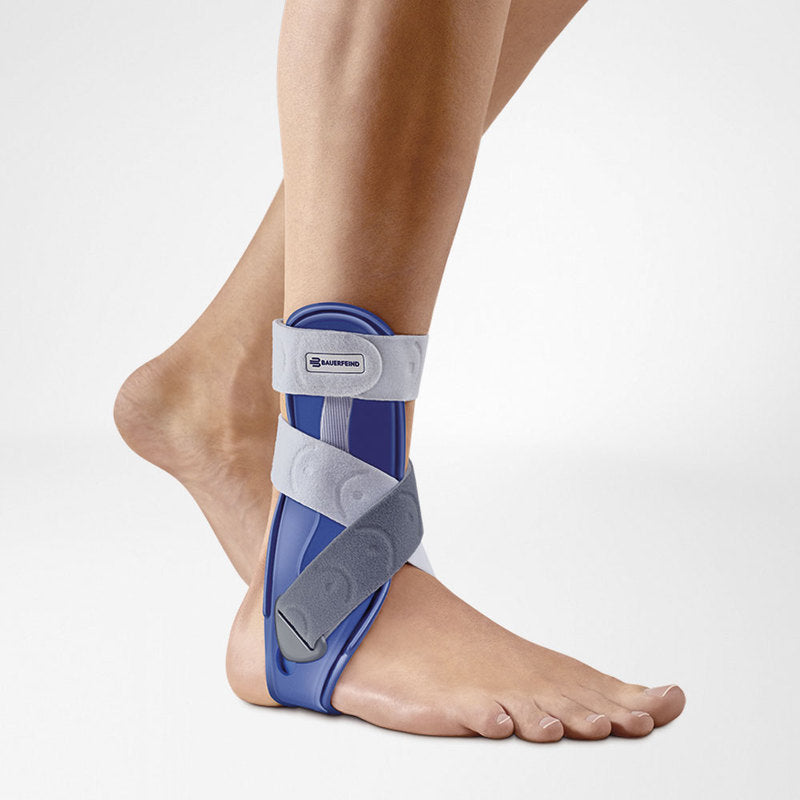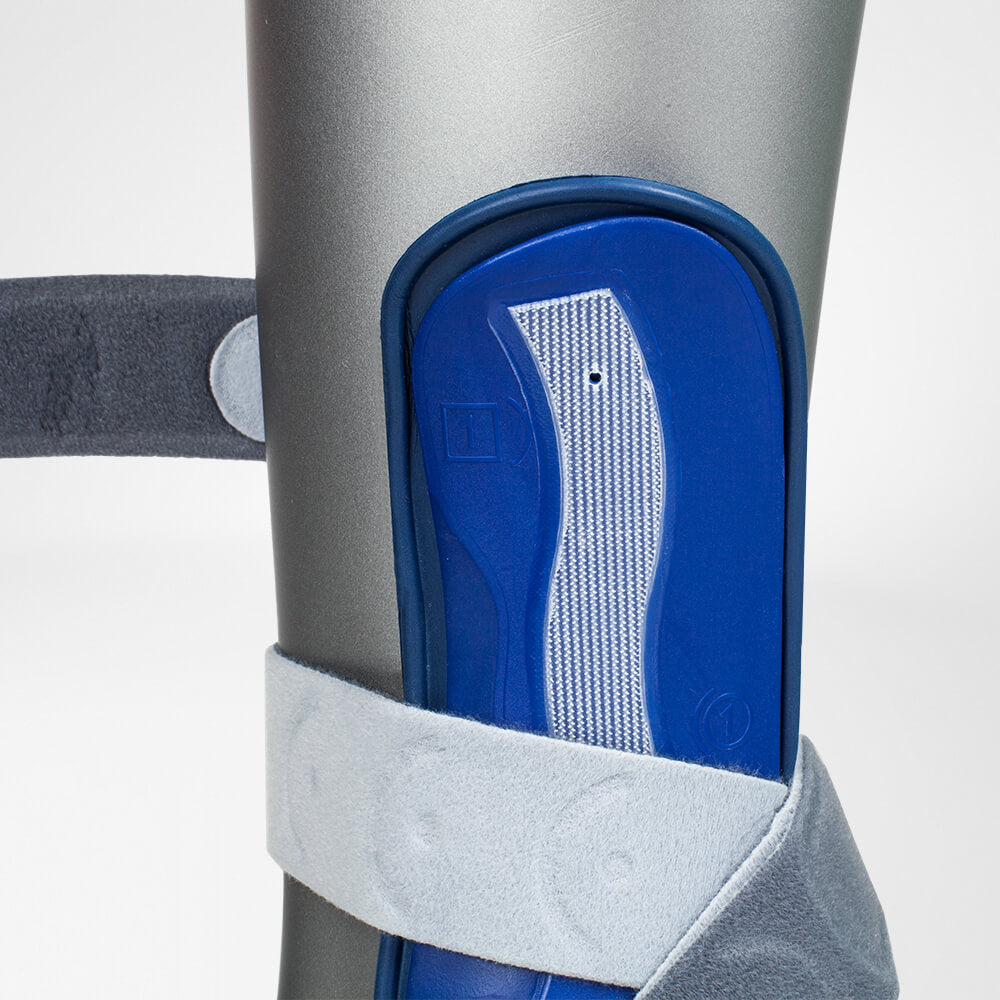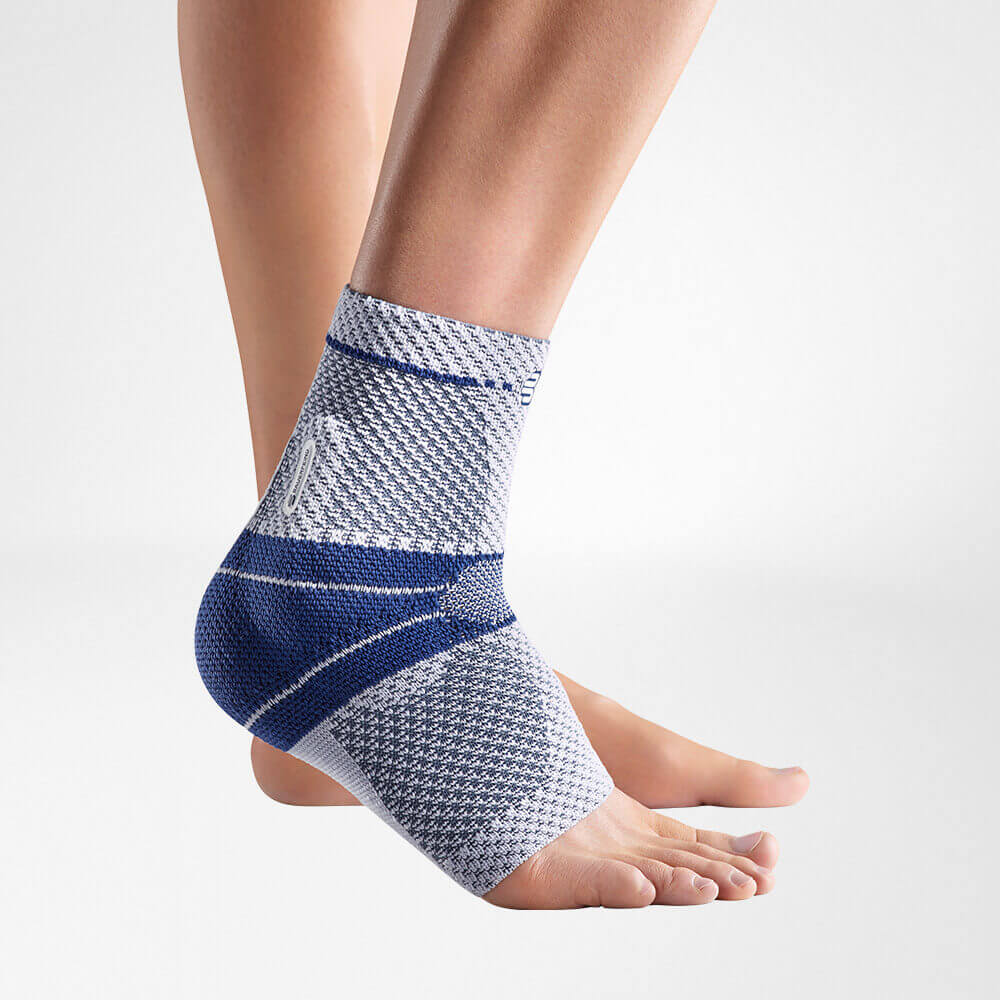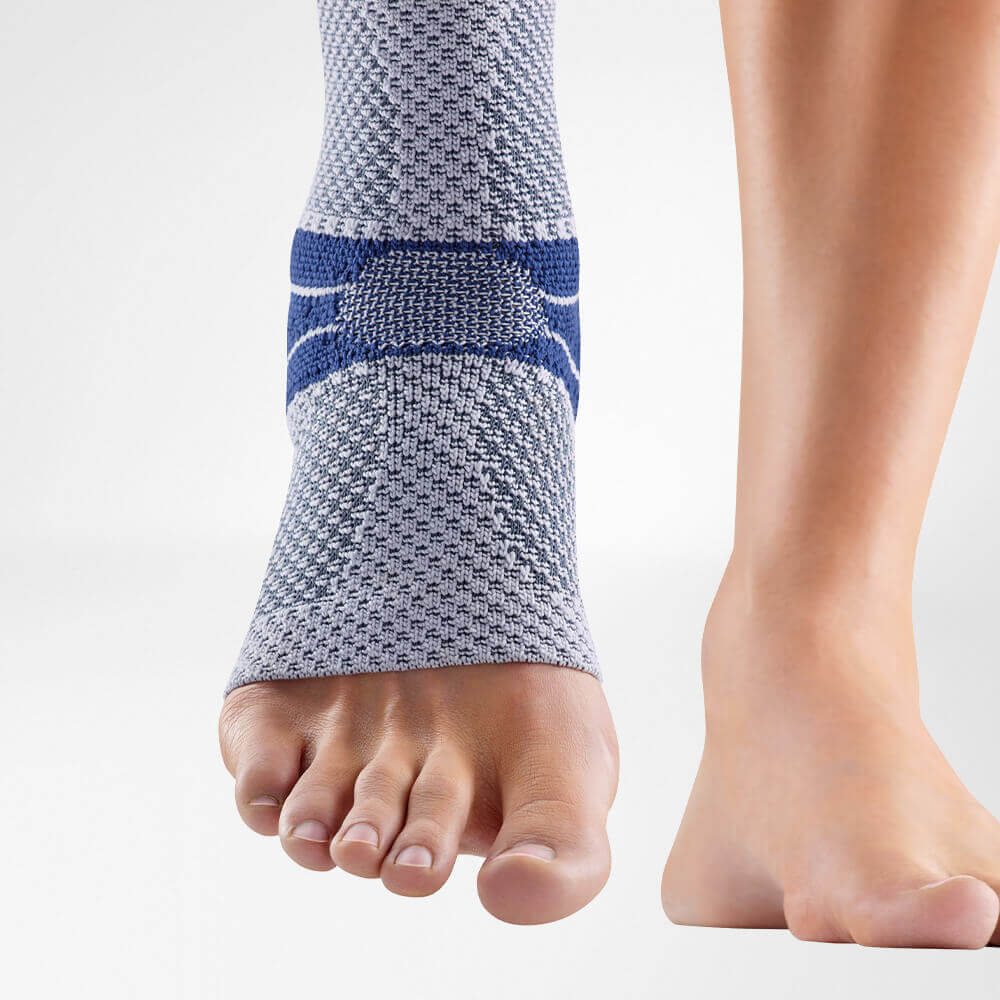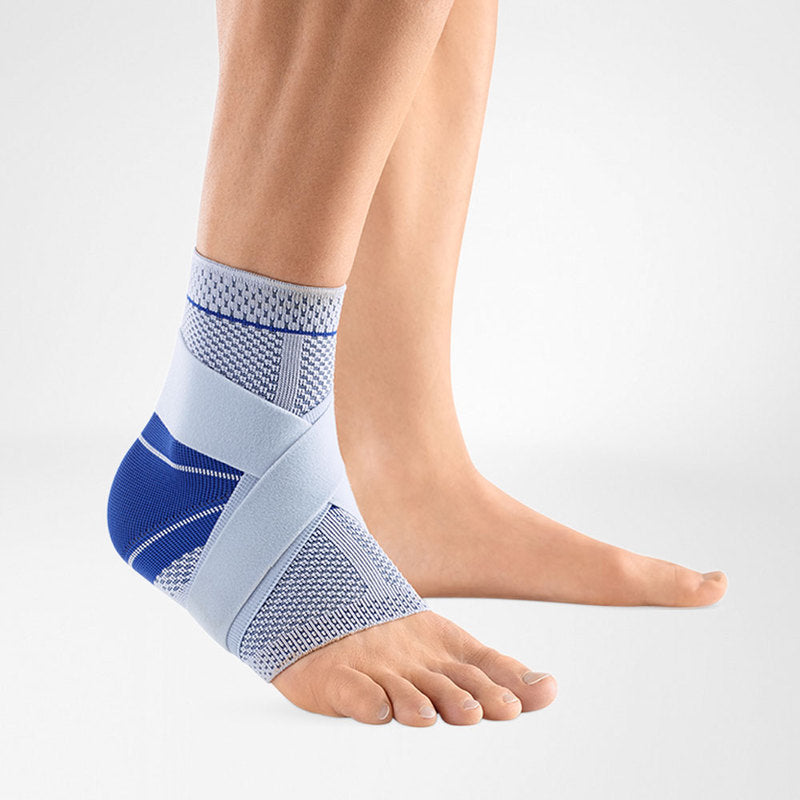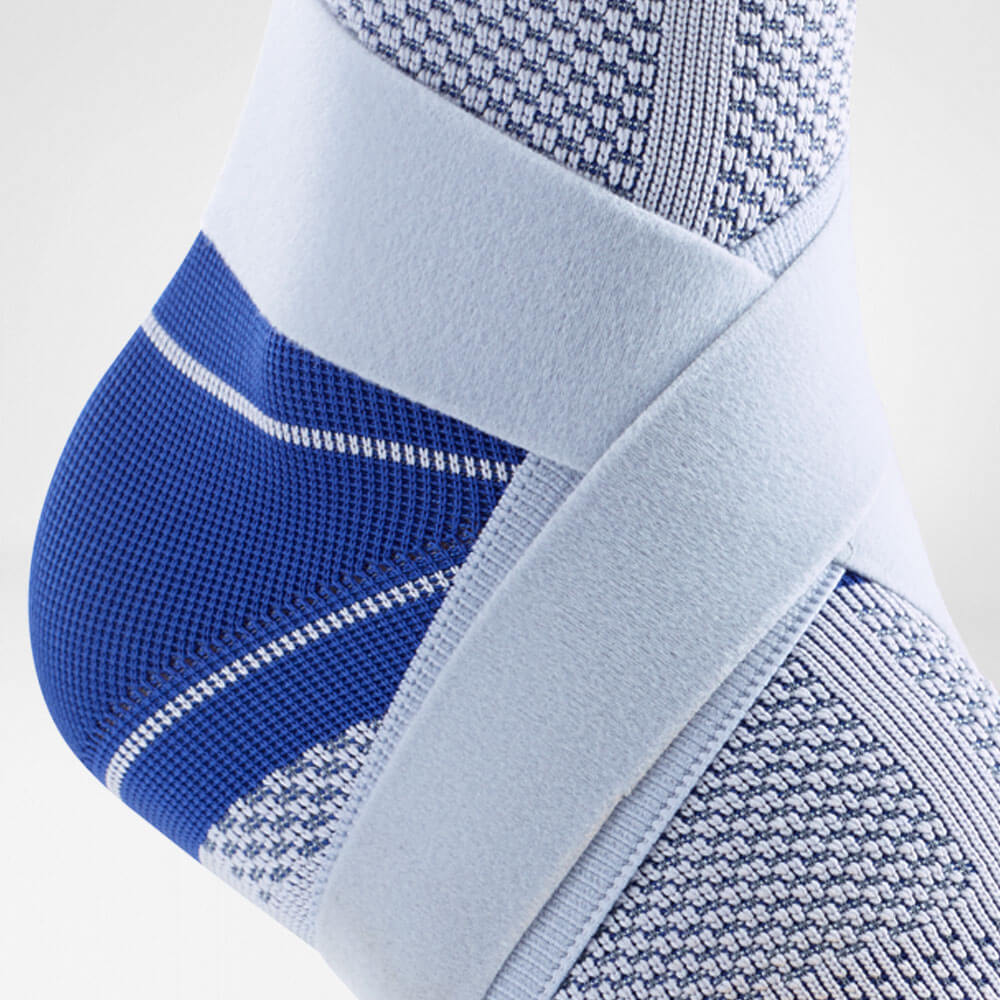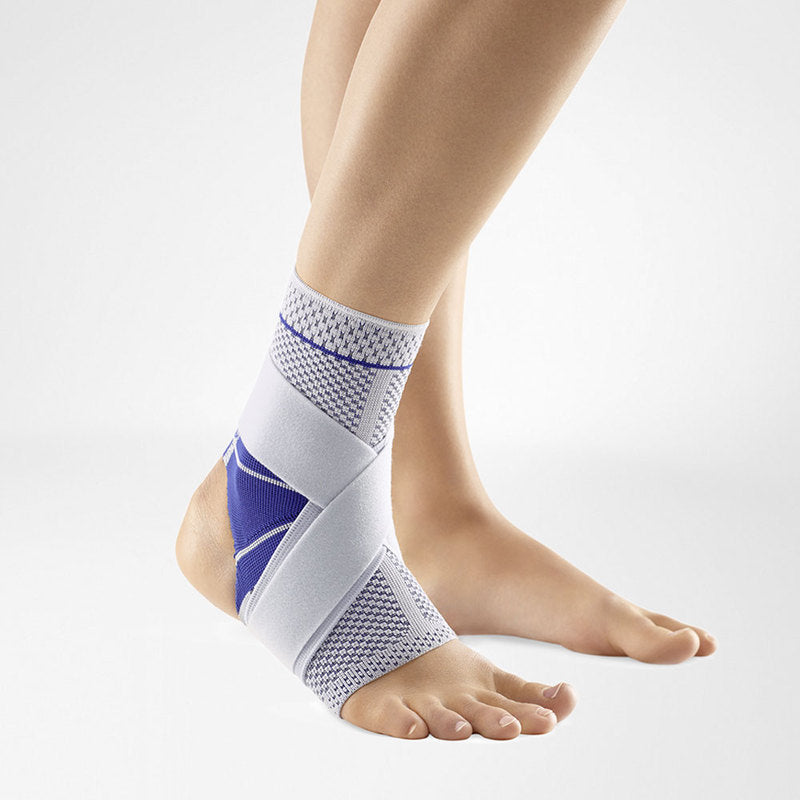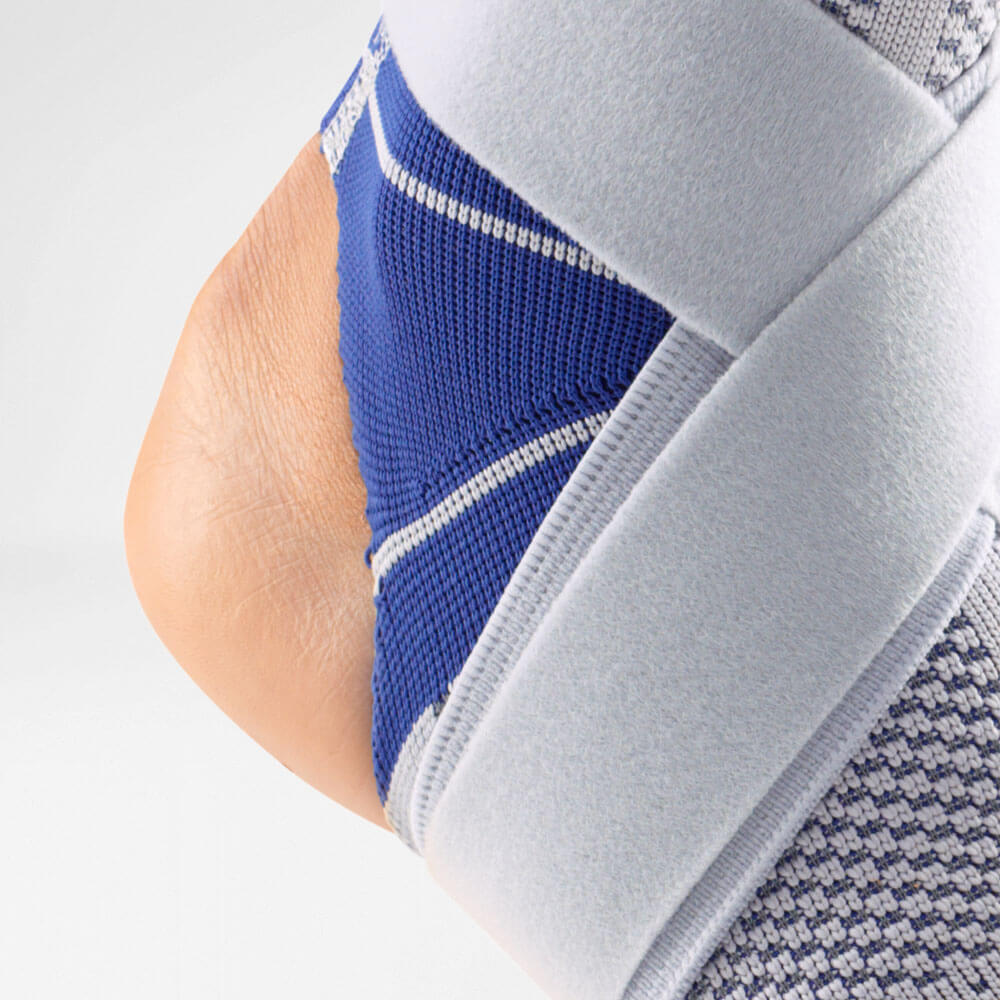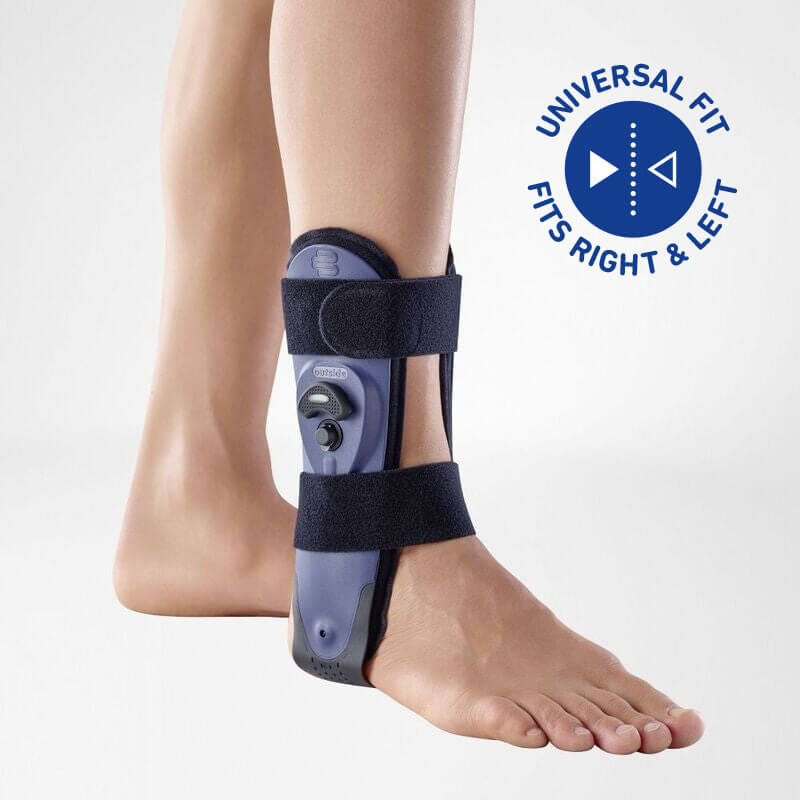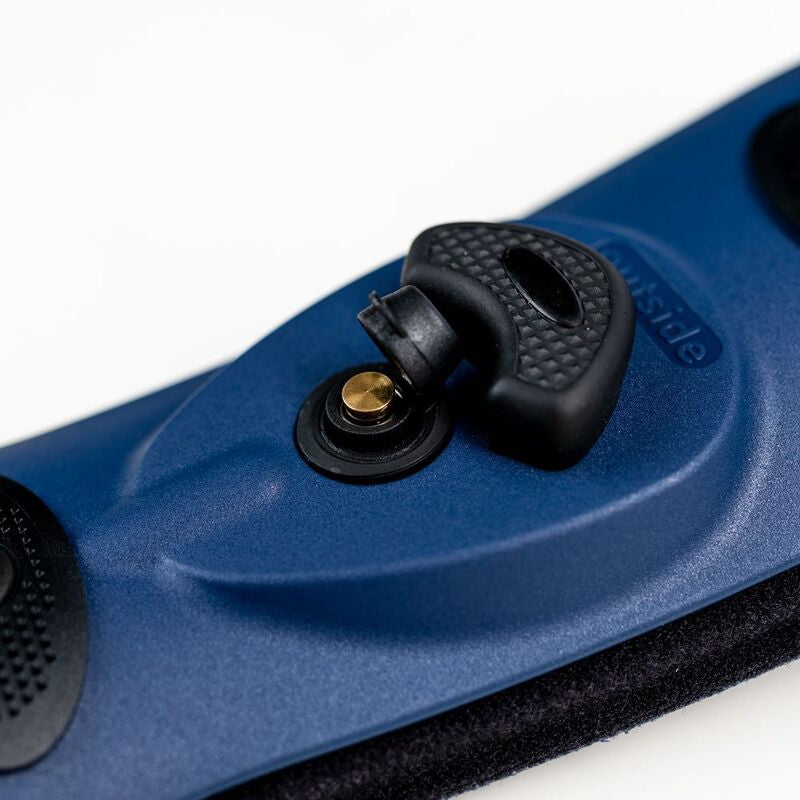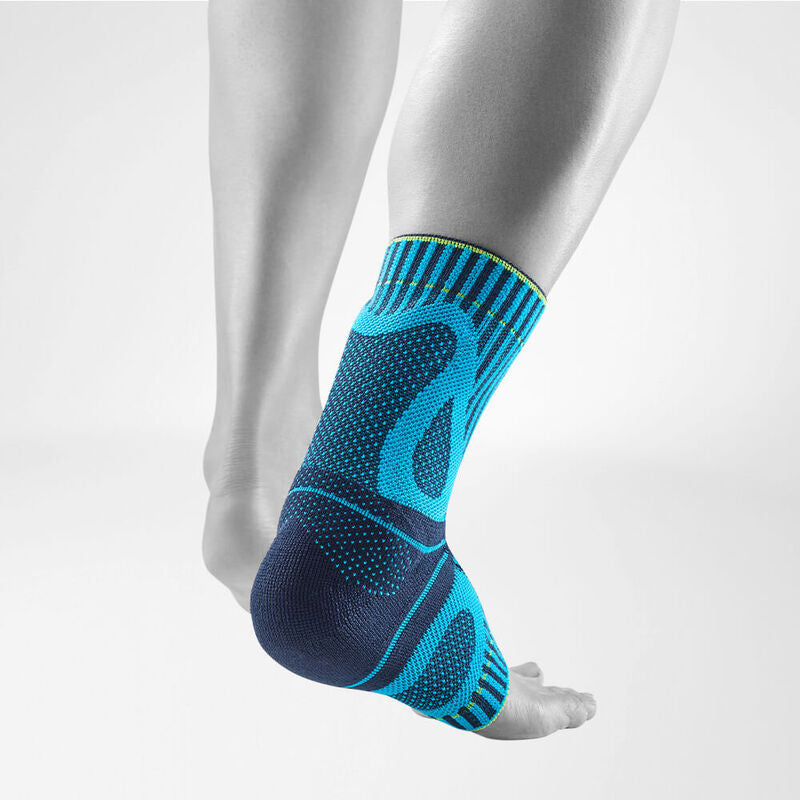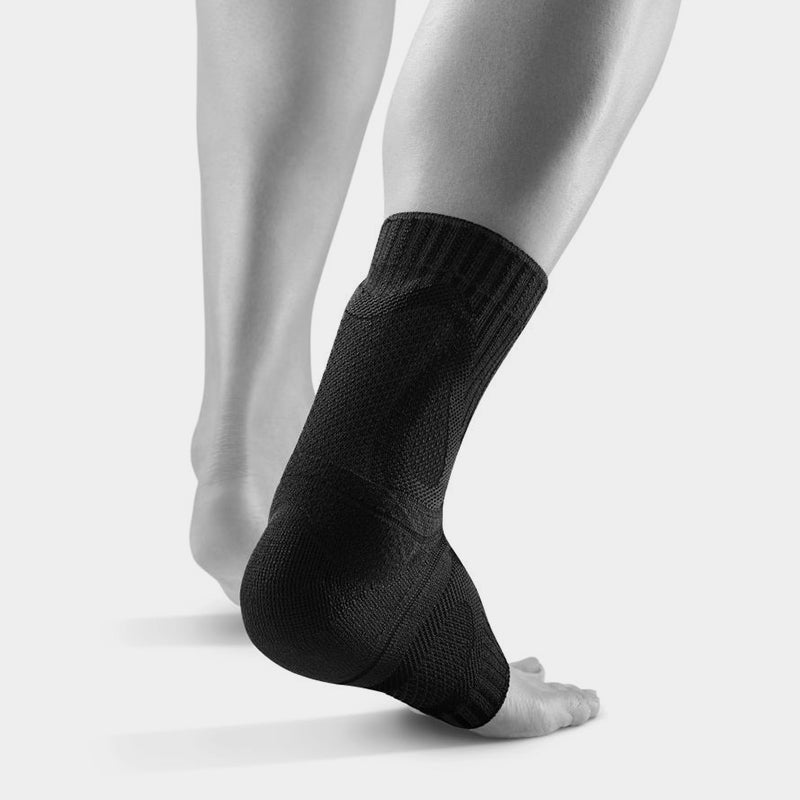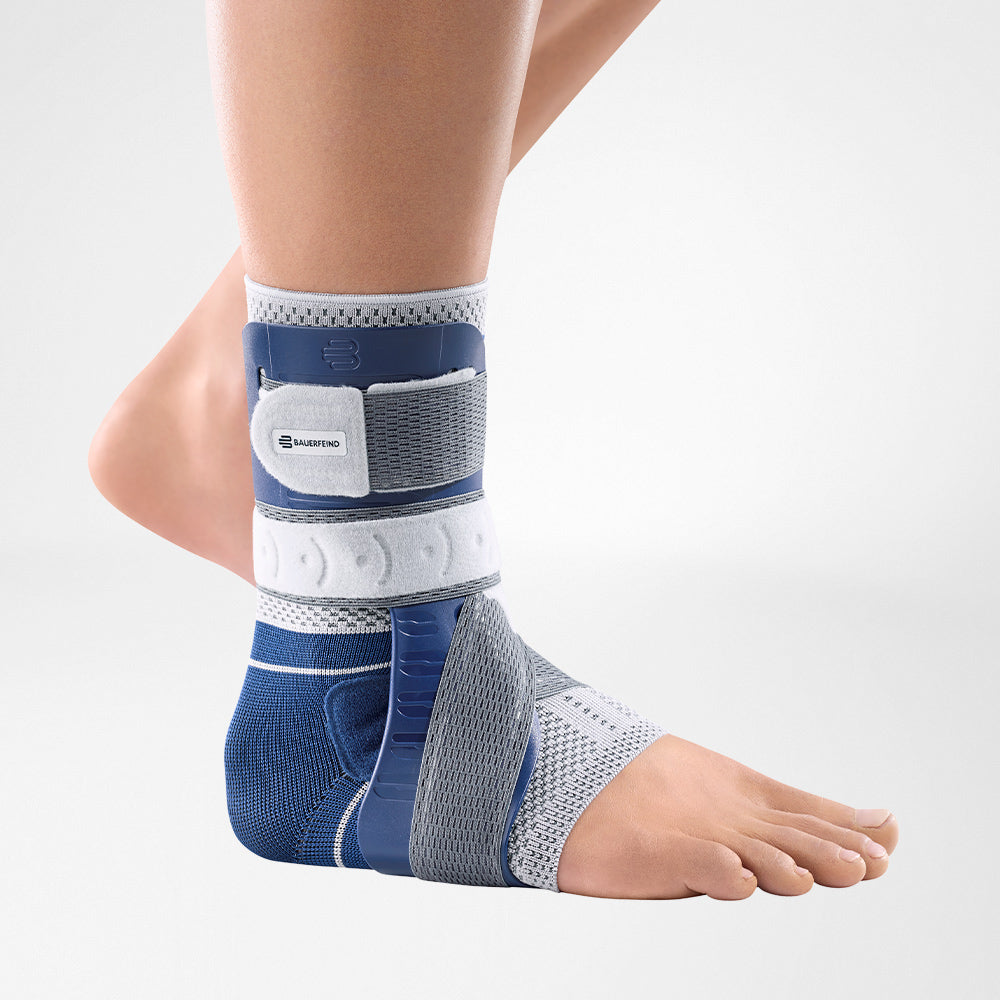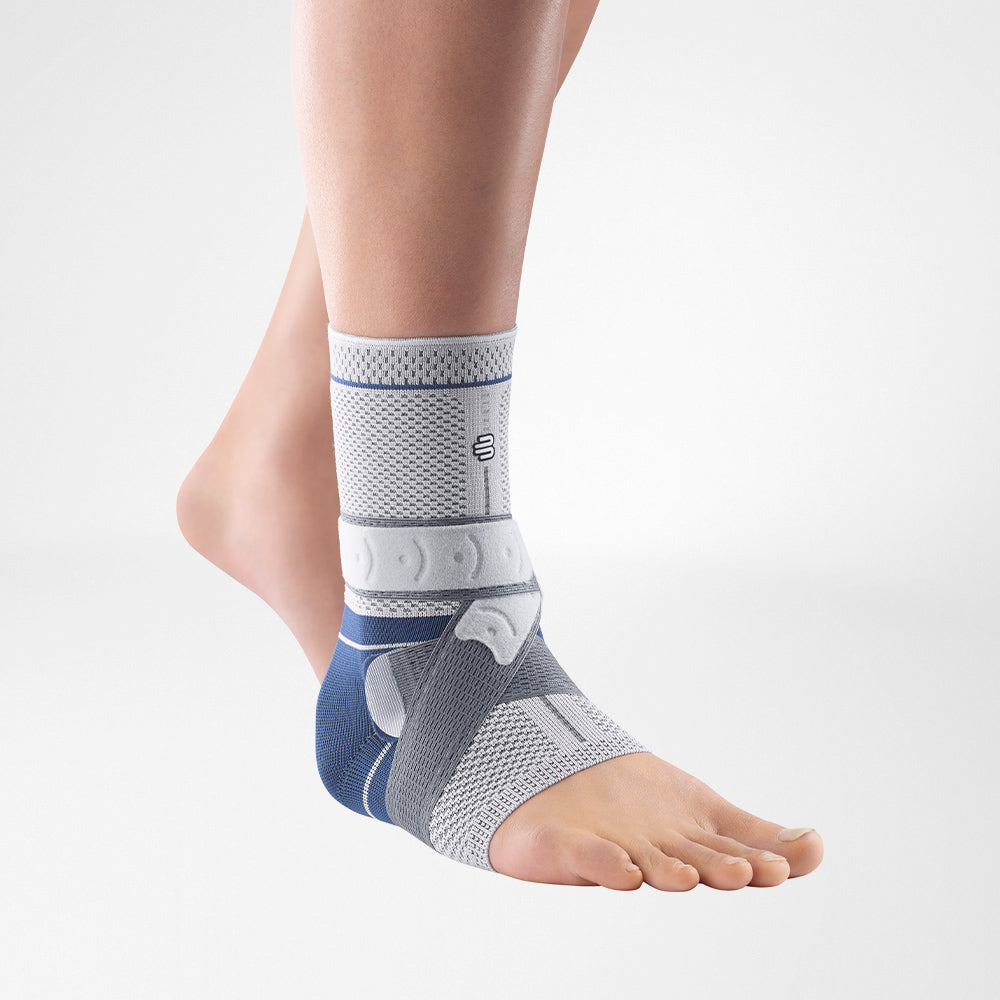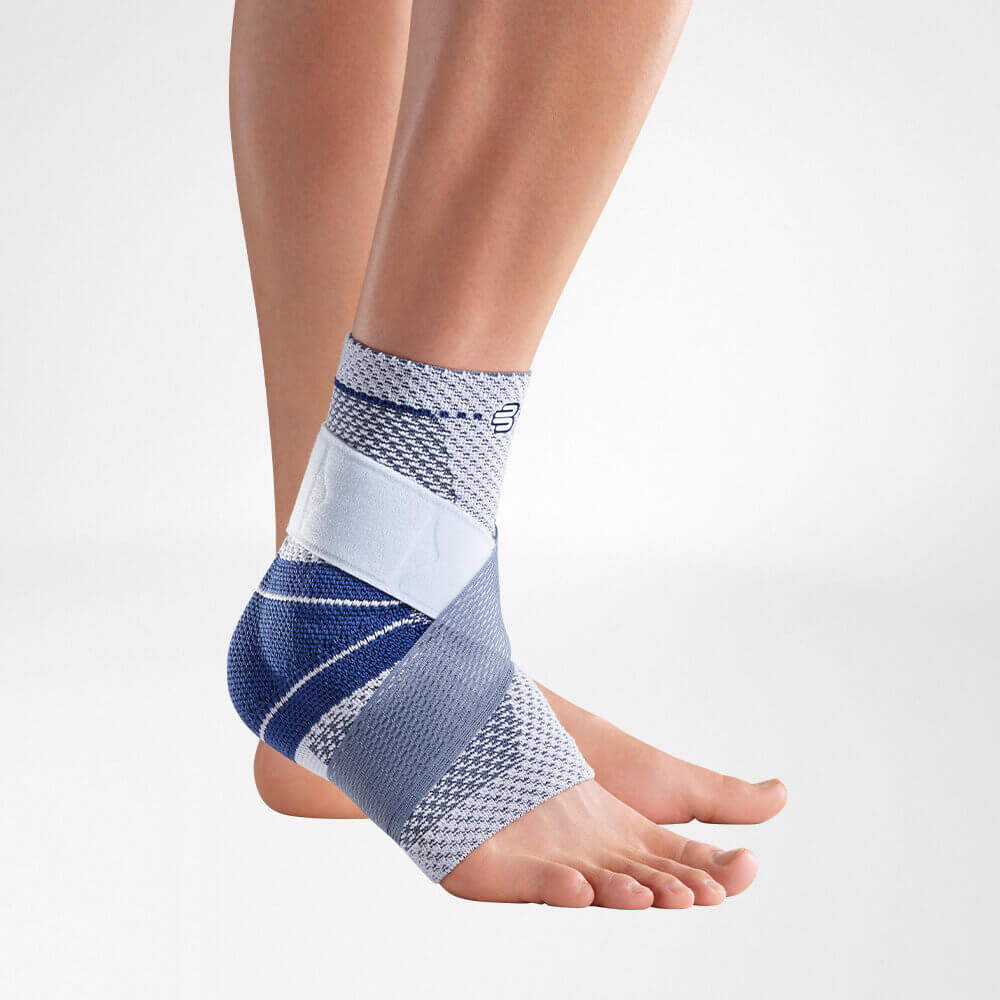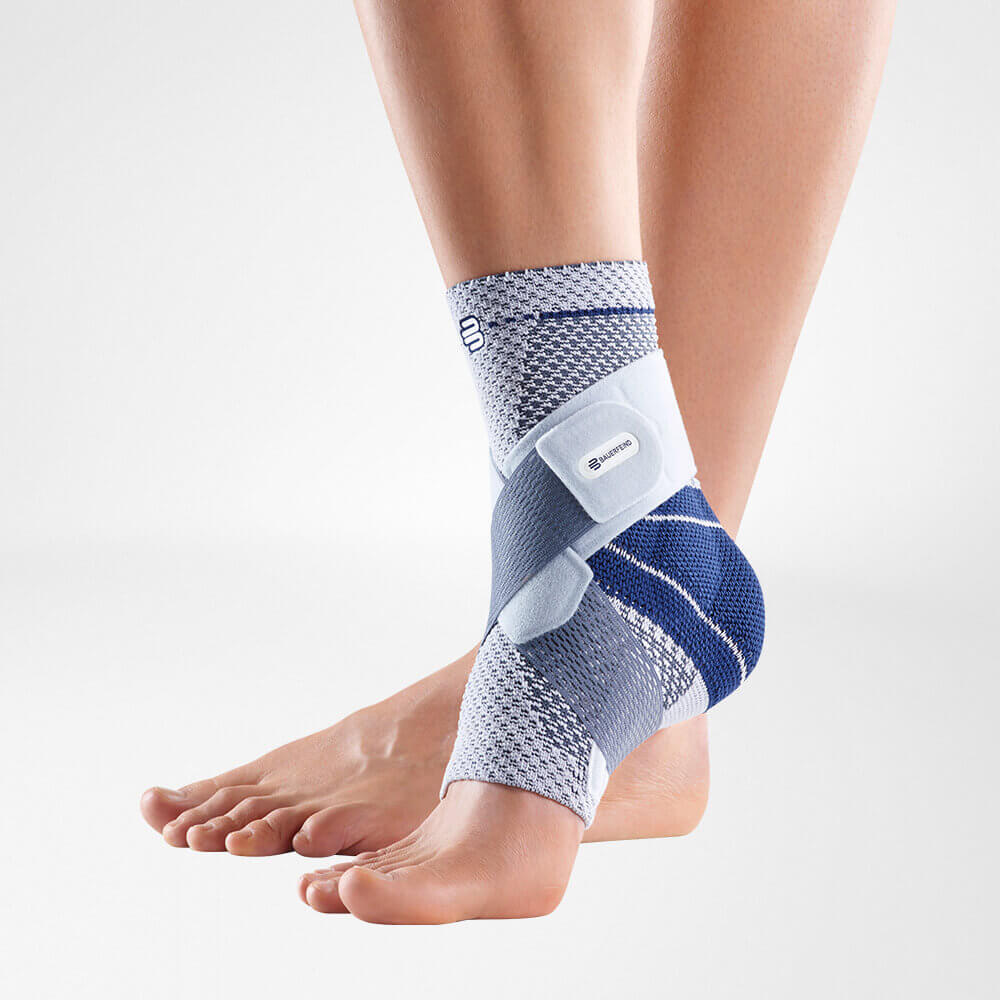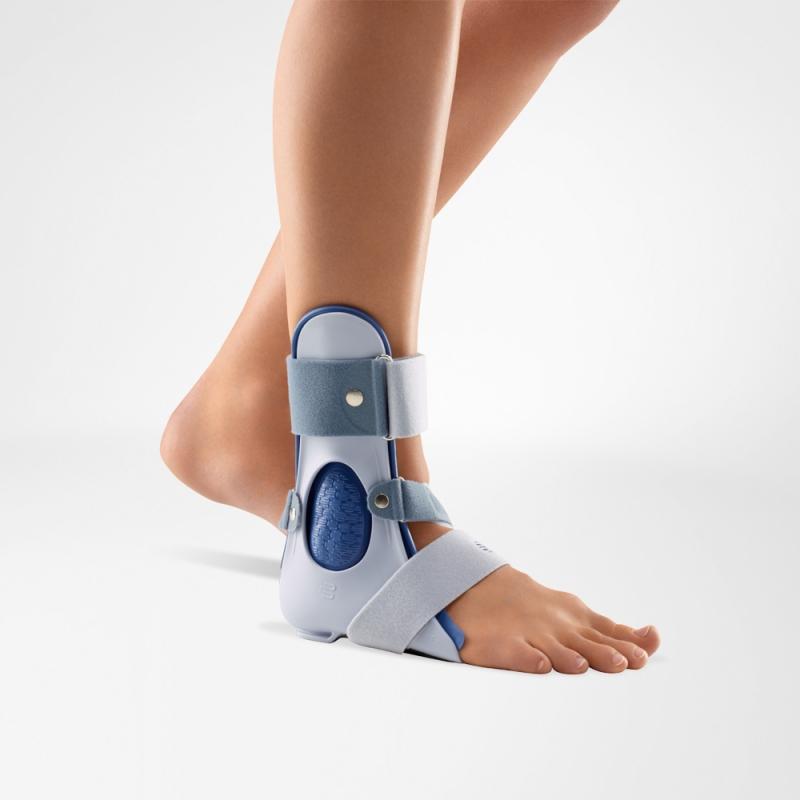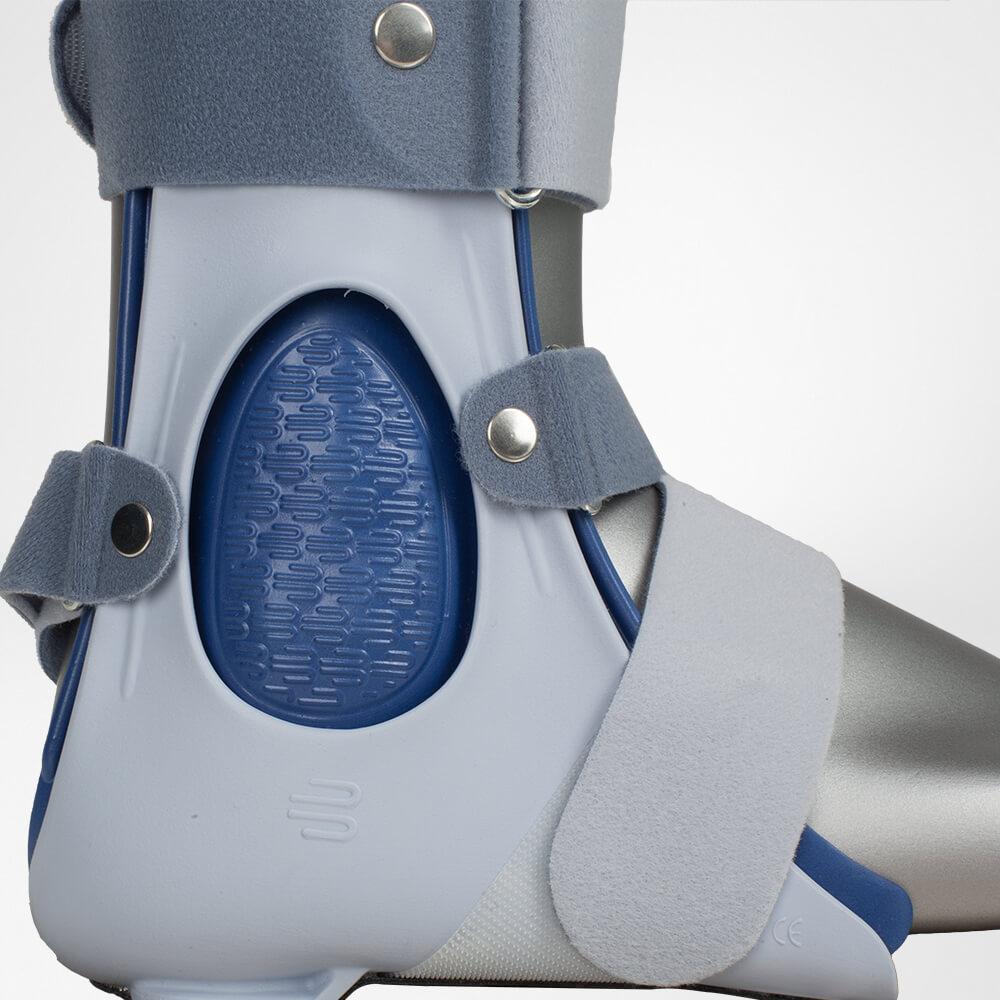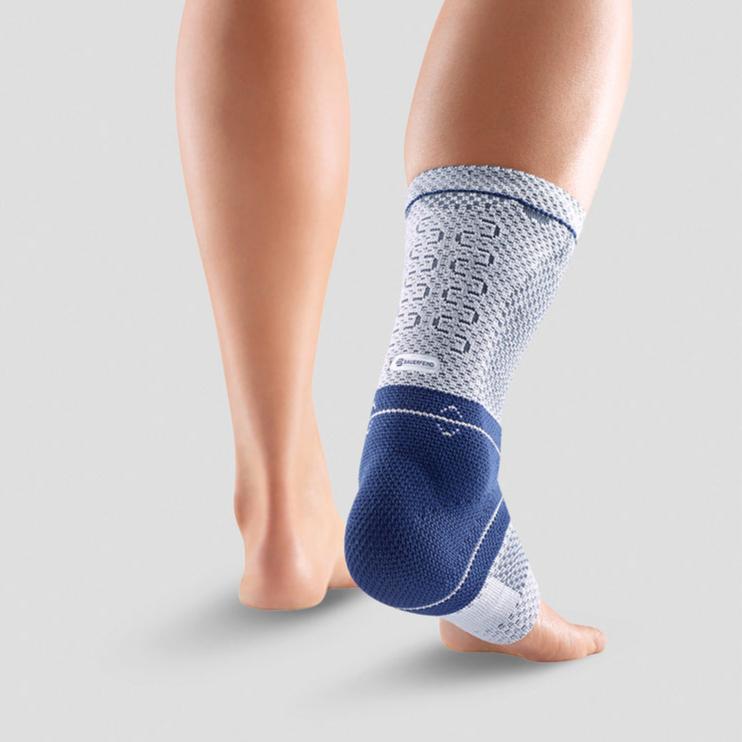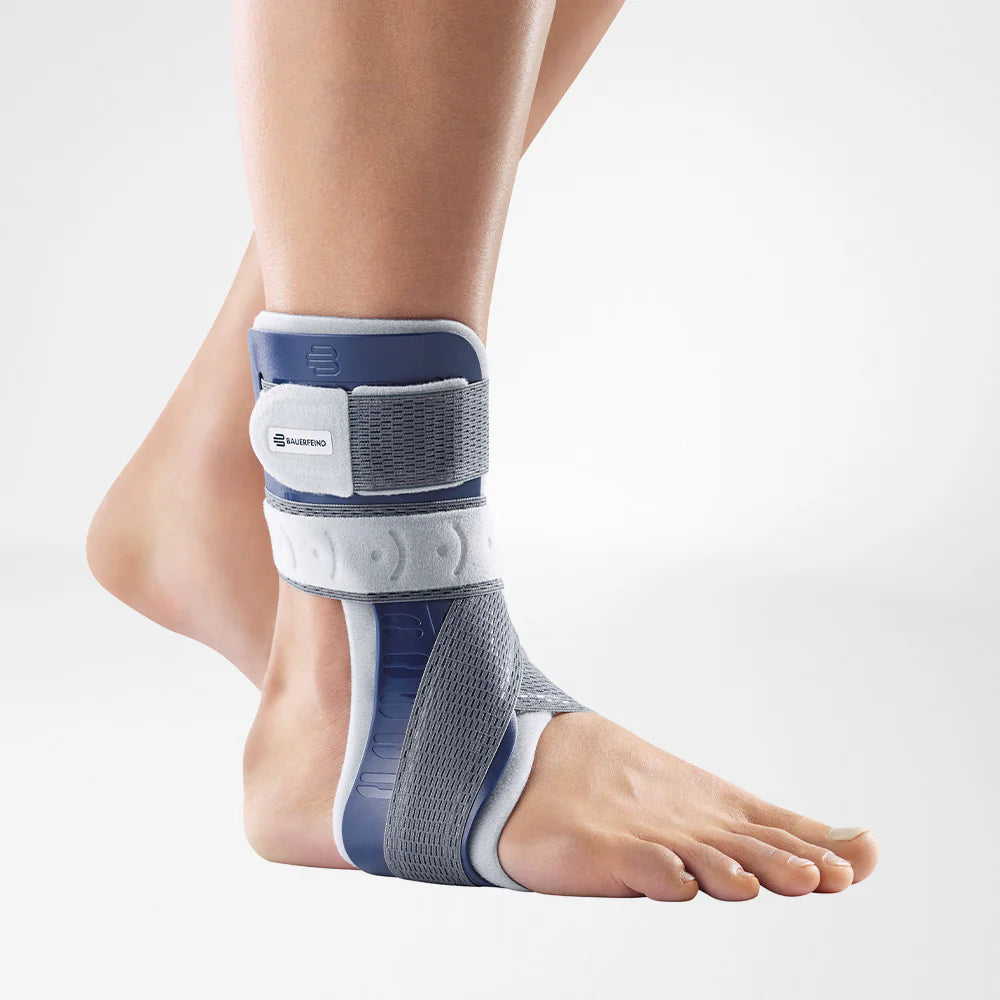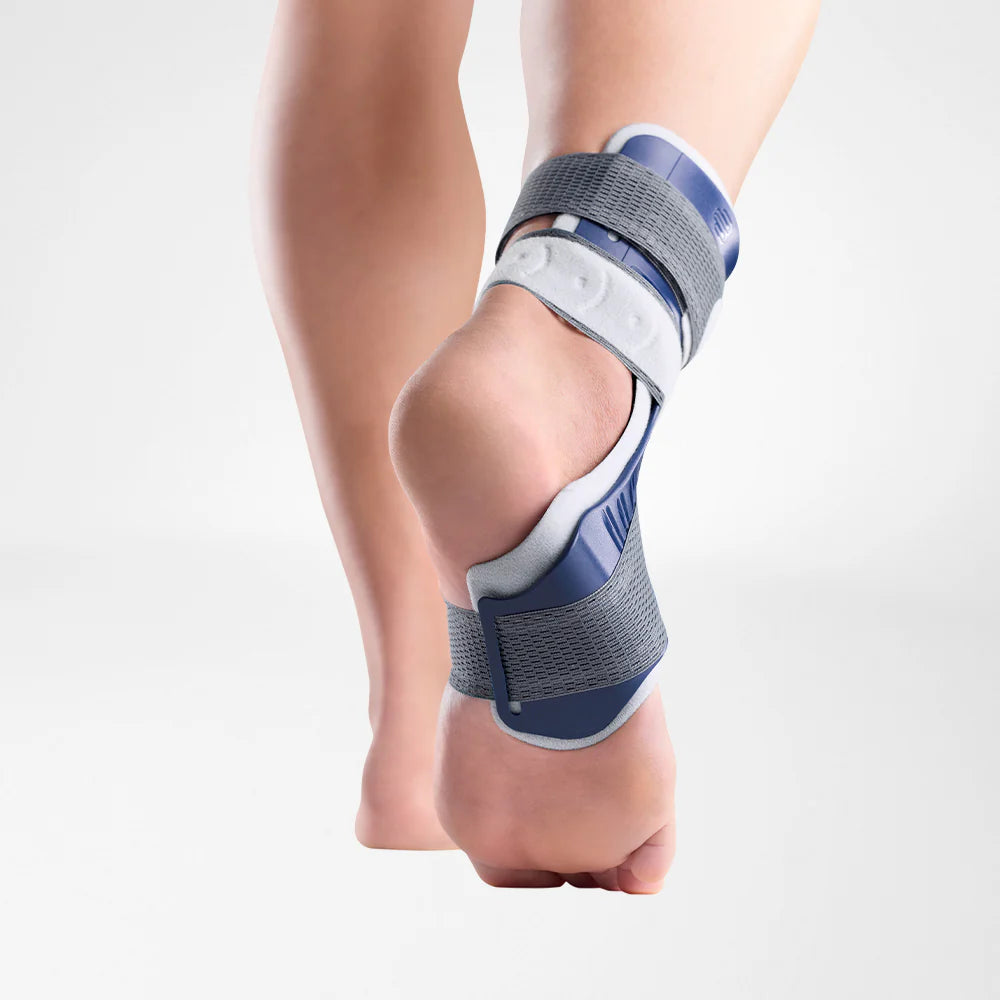What Is Ankle Distortion?
The ankle joint is a complex connection between the leg and tarsal bones. The central ankle bone provides a strong base for both parts of the ankle. A large number of ligaments and connective tissue capsules bind the bones together. The elasticity in the ligaments allow for ease of movement and help stabilise the ankle joint.
An ankle distortion occurs when one or more joints move beyond their physiological limit of movement. The trauma in most cases damages the joint capsule and is commonly referred to as an injury of the entire capsule-ligament apparatus. The elastic ligaments have a limit, beyond which they can tear partially or under extreme stress rupture completely. A patient with an ankle distortion will usually experience restricted movement in the ankle joint and accompanying pain under any stress. The condition can significantly impact daily activities involving walking, running and jumping.
Diagnosis Of The Ankle Distortion
Ankle joint distortion can arise from various issues. Most people associate distortions with sporting injuries; however, they can also occur due to incidents like kinking, or sprains that can result in an injury to the ligaments surrounding the ankle.
The severity of an ankle distortion can be split into three categories:
- Grade 1: The ligaments are overstretched, without damage or joint instability.
- Grade 2: The ligaments are severely overstretched, or partially torn without joint instability.
- Grade 3: The ligaments in the ankle joint are ruptured, resulting in ankle instability.
It is highly recommended to get a thorough medical examination, including X-rays and imaging procedures, to examine the nature and extent of the damage incurred. Doctors are then able to provide a better diagnosis with a clear image of the ankle joint structure to refer to.
Mild Ankle Distortion Symptoms
In mild cases, the first symptoms of an ankle distortion appear shortly after the injury has occurred. There is rapid swelling and increased sensitivity to pressure, almost immediately. Associated formation of hematomas and intense pain upon stress or movement of the joint severely restrict movement and daily function.
Chronic Ankle Distortion Symptoms
In chronic cases, like a ligament rupture, there is a noticeable loss in ankle stability. This can lead to degeneration of the affected joint, referred to as arthrosis.
Depending on the location of the rupture, complications such as accompanied bone fragments may arise. X-rays can detect bone fragments and differentiate between overstretched, partially torn or ruptured ligaments. Injuries to the joint capsule can also be detected more accurately.
Immediate professional medical treatment is highly recommended. Delayed or inappropriate treatment may lead to permanent damage and degeneration of the ankle joint.
Treatment Of Ankle Distortion
Contrary to popular belief, conservative ankle distortion treatment is encouraged and can be achieved through non-surgical avenues. Ankle distortion is a result of trauma to the ankle joint and thus, treatment should begin with relieving stress and providing adequate rest.
Immobilisation
In the instance of an injury, immediate immobilisation and elevation of the joint is highly recommended. Reducing stress helps to relieve the joint and prevent further damage. Treatment usually begins with immobilisation for several days in an ankle brace, with the provision of crutches if required.
Prescription Painkillers
Patients with ankle distortions may experience pain and discomfort. Prescribed painkillers, like Ibuprofen, can help manage the pain and provide some relief. Importantly, painkillers only temporarily treat the pain without addressing the underlying condition. Additionally, tolerance may occur where the effectiveness of the drugs decrease as well as other potential side effects.
Prescribed Physiotherapy
Prescribed physiotherapy can be utilised to restore full mobility and regain strength & coordination of the joint. It is important to strengthen the joint as it improves ankle stability and reduces the risk of re-injury.
Hydrotherapy and remedial massage on a regular basis can help combat any swelling and the formation of effusions. Prescribed rehabilitation helps boost blood circulation in the joints, helping to facilitate the recovery process.
Surgical Intervention
Severe cases of ligament rupture, with bone fragment complications, may require surgical treatment. This is especially common if the surfaces of the rupture no longer come into contact with each other and need to be rejoined with a ligament suture. Bony ligament tears are fixed using a screw to encourage fusion with the bone.
Medical Ankle Braces
Ankle braces provide crucial support to the ankle joint in cases of ankle distortions. They are important in the acute phase for immobilisation and also play an important part in the recovery process. Wearing a Bauerfeind brace, like The MalleoLoc or the MalleoLoc L3 are recommended during conservative treatment and for post-operative care. It can also minimise your chances of injury by providing enhanced stability, proprioception and medical-grade compression.
Prevention Of Ankle Distortion Using Medical Braces

Simple daily measures like ensuring suitable footwear is worn can help to prevent the occurrence of ankle distortions.
Ankle braces are a crucial part of an effective prevention and recovery treatment plan for ankle distortions. The use of ankle braces during activities, like sports and long-distance running, can help reduce the risk of injury by protecting the ankle joint.
Achieving the perfect fit is of the utmost importance when choosing an ankle brace for yourself. The MalleoLoc ankle brace can be worn comfortably using Velcro straps and allows the foot to roll normally. This brace allows the physiological movement patterns to be regained at an early stage, making it suitable for both conservative as well as postoperative treatment.
The MalleoLoc features an anatomically shaped plastic shell which provides maximal lateral stability and prevents further injury. A special anti-fatigue cushion is embedded to ensure all-day comfort, whilst a plantar guide is featured to stimulate muscles in the foot to actively stabilise the ankle.

